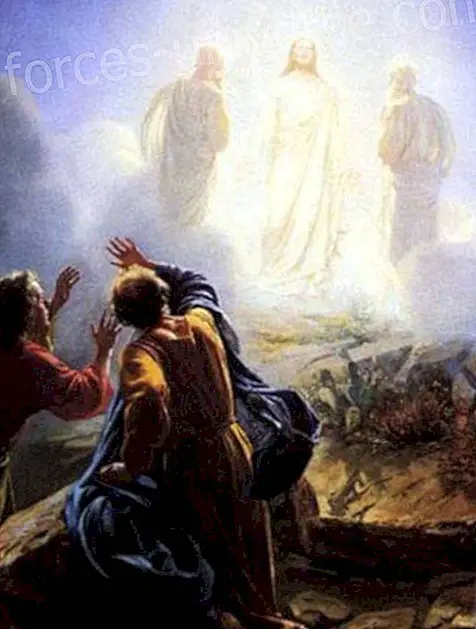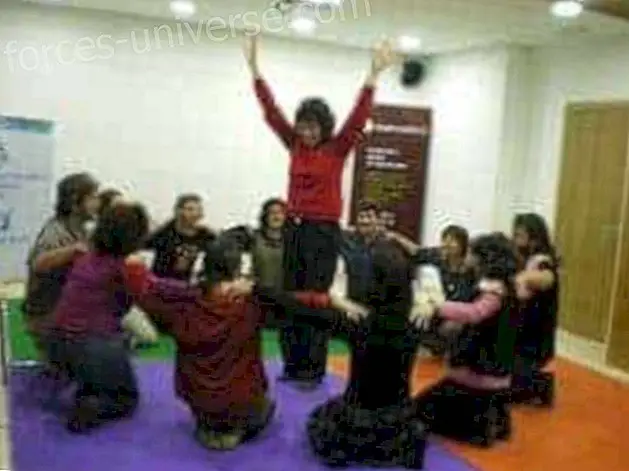
1971
Mozart does not live easy times. The constant economic problems, sadness for the poor state of health of his wife Constanze and the lack of recognition make him decay physically and emotionally. At that time, Mozart, in the absence of official commissions, frequently composed for friends and acquaintances who paid him little or nothing. The situation became every day hopeless. At that time his old friend, actor and poet Emanuel Schikaneder appeared. He was looking for a new piece and he knew exactly what the public wants: a charming piece of fashion in Vienna!
The two get down to work: Schikaneder writes the script and Mozart writes. With The magic flute one of the most well-known operas and, to date, most represented in the world was created. Even today, the public lets itself be duped by this wonderful and mystical world in which humor is a typical Mozart constant!
Papapapapapagen!
 Pamina, the daughter of the queen of the night, was kidnapped by Prince Sarastro, the administrator of the sun king. The beautiful prince Tamino must release her. But it will not be an easy task. A giant snake chases him and he faints. When he regains consciousness he sees that the snake is dead and the Papageno bird hunter appears. Tamino assumes that Papageno has killed the snake and he does not deny it. Three ladies give Tamino an image of Pamina, when he sees her he falls in love with her and swears to the queen of the night that he will free her from the kingdom of Sarastro. Papageno must accompany you. The two receive a flute that tames the wild animals and also a cheek to protect themselves and set off for the castle of Sarastro.
Pamina, the daughter of the queen of the night, was kidnapped by Prince Sarastro, the administrator of the sun king. The beautiful prince Tamino must release her. But it will not be an easy task. A giant snake chases him and he faints. When he regains consciousness he sees that the snake is dead and the Papageno bird hunter appears. Tamino assumes that Papageno has killed the snake and he does not deny it. Three ladies give Tamino an image of Pamina, when he sees her he falls in love with her and swears to the queen of the night that he will free her from the kingdom of Sarastro. Papageno must accompany you. The two receive a flute that tames the wild animals and also a cheek to protect themselves and set off for the castle of Sarastro.
 Sarastro clarifies that he has kidnapped Pamina only to protect her from what she considers evil queen of the night. Tamino and Pamina are destined for each other. Sarastro wants Tamino to be ordained as a priest of the temple of wisdom, but before that they will have to pass all kinds of tests. Finally they run through "the doors of horror", they have to overcome fire and water and are welcomed into the circle of "initiates."
Sarastro clarifies that he has kidnapped Pamina only to protect her from what she considers evil queen of the night. Tamino and Pamina are destined for each other. Sarastro wants Tamino to be ordained as a priest of the temple of wisdom, but before that they will have to pass all kinds of tests. Finally they run through "the doors of horror", they have to overcome fire and water and are welcomed into the circle of "initiates."
Humanistic thinking versus comic opera
Mozart's "The Magic Flute" is presented, superficially seen, as a typical, charming and comic Viennese opera, but this work represents much more.
 With the victory of the good over the bad, the serious scenes of priests' choirs reminiscent of the meetings of the Masons, and with an unusual staging for the public of those times, Mozart's "The Magic Flute" contains much of humanist thought . The clear elevation of this genre with humanist-Masonic ideals in the beginning was not very well received by the simple citizens of Vienna, and, therefore, the success of the work at the beginning was very modest. The reserved reception of the work gave way to a success that was constantly growing. It was evident that this Mozart opera also needed its time to be fully appreciated in its thematic abundance and its depth ...
With the victory of the good over the bad, the serious scenes of priests' choirs reminiscent of the meetings of the Masons, and with an unusual staging for the public of those times, Mozart's "The Magic Flute" contains much of humanist thought . The clear elevation of this genre with humanist-Masonic ideals in the beginning was not very well received by the simple citizens of Vienna, and, therefore, the success of the work at the beginning was very modest. The reserved reception of the work gave way to a success that was constantly growing. It was evident that this Mozart opera also needed its time to be fully appreciated in its thematic abundance and its depth ...
Wolfgang Amadeus Mozart lives all this already resigned. Again his contemporaries are unable to consider and value his genius. His vital forces are already very deteriorated, he is collapsed and feels that ... "he will soon be excluded from music."
In the midst of the composition work of "The Magic Flute" two other new commissions were presented that Mozart accepted. For an unknown client, he must compose a requiem and an opera on the occasion of the wedding of Leopold II in Prague: "The Clemency of Titus."
Then we leave one of the themes of such a versatile work on a piano solo.
Video: Mozart's Magic Flute.
I send you a hug in the light.
José Angel Domínguez.
Source: www. mozart .com






